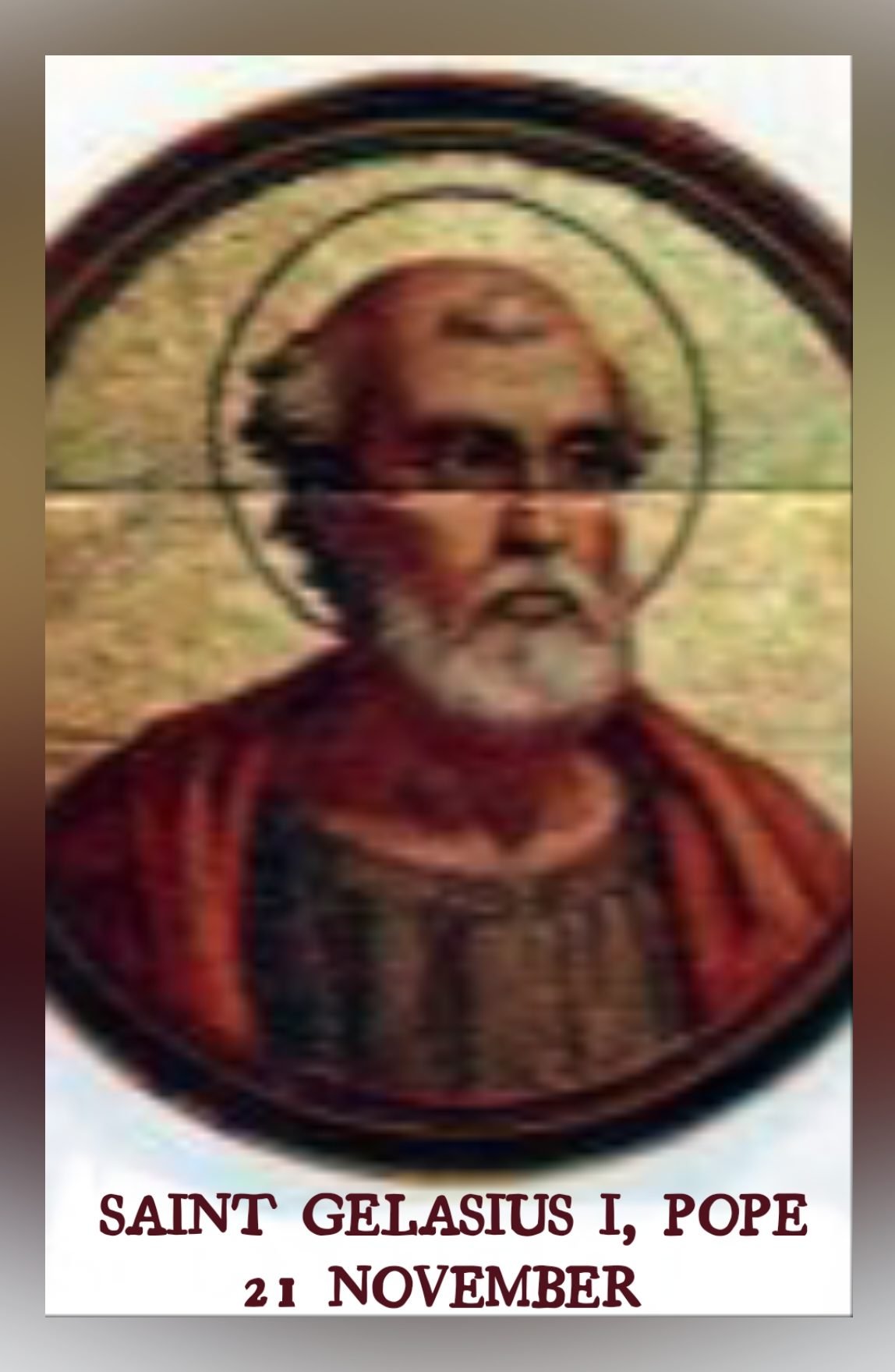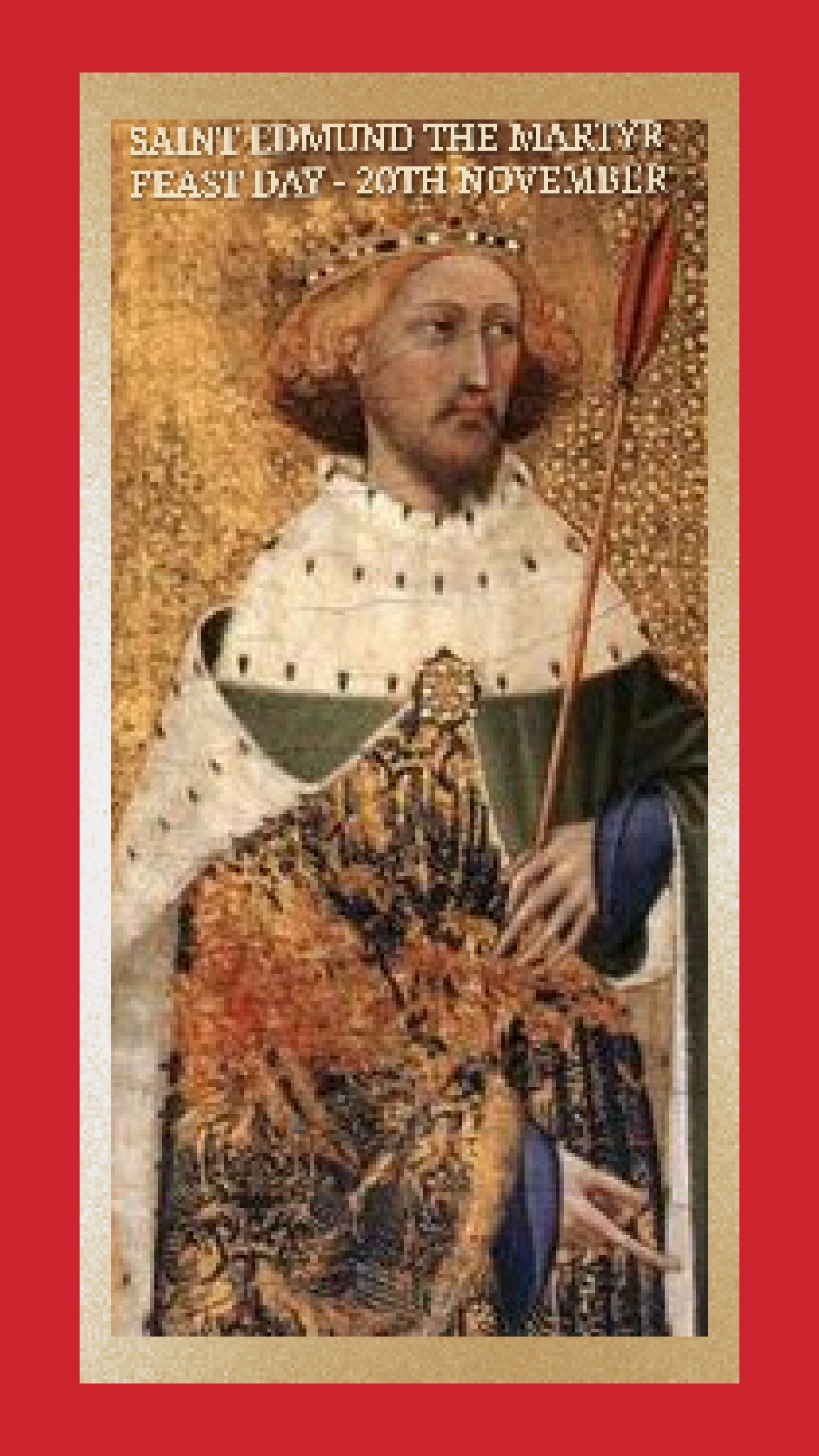
TODAY’S GOSPEL READING – 8 MAY
May 8, 2024
Hebrews 13:8
May 9, 2024FEAST OF SAINT PACHOMIUS
FEAST DAY – 9th MAY
St. Pachomius can justifiably be called the founder of cenobitic monasticism (monks who live in community). Even though St. Antony the Great was the first to go into the desert to live a life of seclusion pursuing evangelical perfection, he lived an eremitic life, that is, a primarily solitary life.
Pachomius first started out as a hermit in the desert like many of the other men and women in the third and fourth centuries who sought the most radical expression of Christian life and he developed a very strong bond of friendship with the hermit Palemon. One day he had a vision during prayer in which he was called to build a monastery.

He was told in the vision that many people who are eager to live an ascetic life in the desert, but who are not inclined to the solitude of the hermit, will come and join him. His hermit friend Palemon helped him to build the monastery and Pachomius insisted that his cenobites were to aspire to the austerity of the hermits.
However, he knew that his idea was a radical one, in that most of the men who came to live in his monastery had only ever conceived of the eremitic lifestyle; his great accomplishment was to reconcile this desire for austere perfection with an openness to fulfilling the mundane requirements of community life as an expression of Christian love and service.
He spent most of his first years as a cenobitic doing all the menial work on his own, knowing that his brother monks needed to be gently inducted into serving their brothers in the same manner. He therefore allowed them to devote all their time to spiritual exercises in those first years. At his death, there were eleven Pachomian monasteries, nine for men and two for women.

The rule that Pachomius drew up was said to have been dictated to him by an angel, and it is this rule that both St. Benedict in the west and St. Basil in the east drew upon to develop their better known rules of cenobitic life. Saint Pachomius died around the year 346.
Saint Basil the Great visited Pachomius and his monks and adopted many of the spiritual values he learned from them, incorporating them into his own monastic rule—The Rule of Saint Basil—which is the guiding document for all monks and nuns of the Eastern Church.
Quote
“It is patience that reveals every grace to you, and it is through patience that the saints received all that was promised to them.”—Saint Pachomius
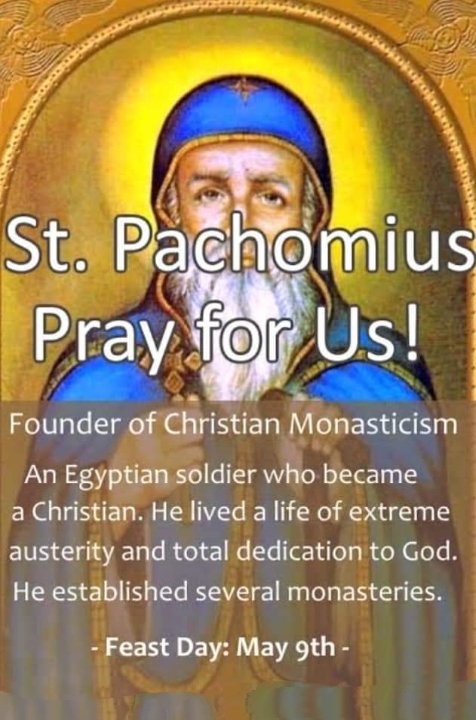
PRAYER
Let the blessed abbot Pachomius intercede for us O Lord. May his prayers win us your help, since our own actions cannot merit it.
Through our Lord Jesus Christ, your Son, who lives and reigns with you in the unity of the Holy Spirit, one God, for ever and ever. Amen
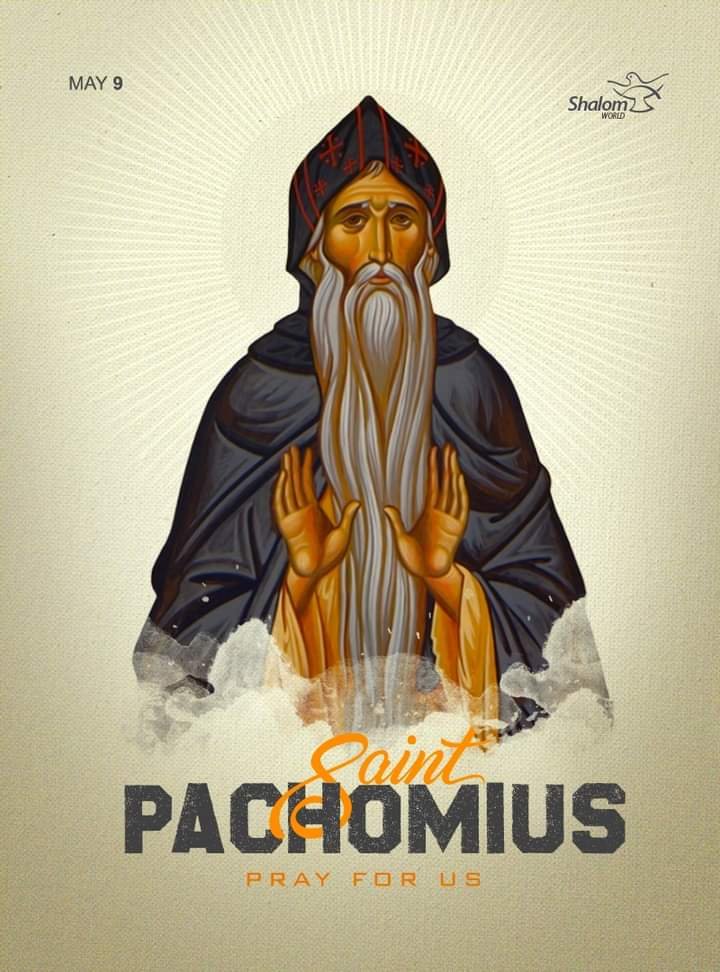
St. Pachomius, pray for us!
******************************************************************************
ALSO CELEBRATED
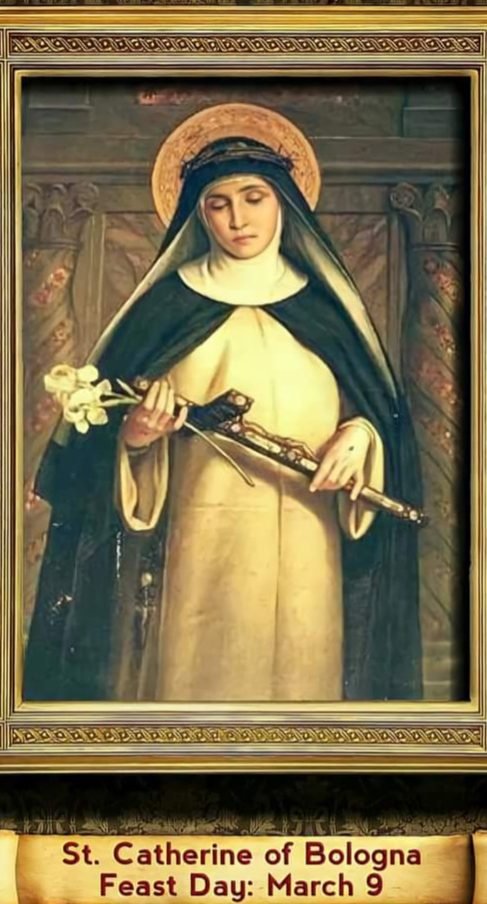
FEAST OF SAINT CATHERINE OF BOLOGNA – 9 MAY
Saint Catherine was an Italian nun and artist born as Catherine de’ Vigri on September 8, 1413 in Bologna, Italy. She was the member of an aristocratic family and the daughter of a diplomat to the Marquis of Ferrara. Catherine received a wonderful education in reading, writing, singing and drawing while being raised at the court of the Duke of Ferrara. Catherine excelled in painting, Latin and the viola.
When the daughter eventually married, she wanted Catherine to remain in her service, but Catherine, feeling a calling to the religious life, left the court.

In 1426, at 13-years-old, she entered the convent of Corpus Domini at Ferrara and became a Franciscan Tertiary. During this time, her convent disagreed in whether to continue following the Augustinian rule or to instead adhere to the Franciscan rule.
A Rule is a specific expression of the Christian life which calls the men or women of a particular religious order to a daily pattern of prayer, work and charity. Catherine was determined to live a life of perfection, and was admired by her companions for her holiness.
In 1432, Catherine and other young women of Ferrara founded a monastery of the Order of Poor Clares, an order founded by St. Francis and St. Clare of Assisi. Catherine was openly willing to serve the more humble roles in the convent. She was a laundress, a baker and a caretaker for the animals.

Through her efforts with Pope Nicholas V, the Poor Clare convent at Ferrara erected an enclosure, and Catherine was appointed Superioress. That office made her responsible for providing pastoral care and spiritual oversight to all of sisters. The reputation of the Community for its holiness and austerity became widespread.
In 1456, Catherine returned to Bologna with her superiors and the governors there requested she found a second monastery of the same Order and be the Abbess of the convent.
Catherine continued to paint and to write beautiful spiritual guides and poetry. She wrote the Treatise on the 7 Spiritual Weapons Necessary for Spiritual Warfare. And, her painting of St. Ursula remains on display in a Venice gallery.

Throughout her life, Catherine experienced visions of both Jesus Christ and Satan, which she documented in her treatise. In one instance, she had the baby Jesus placed in her arms by the Blessed Virgin Mary.
During the Lenten season of 1463, Catherine became seriously ill, and on March 9th she passed away. She was buried without a coffin and her body was exhumed eighteen days later because of many cures attributed to her at her graveside and the sweet scent coming from her grave.
Her body was discovered incorrupt and remains so today. That means it has not decayed. Catherine is dressed in her religious habit seated upright on a golden throne behind glass in the chapel of the Poor Clares in Bologna.

Saint Catherine of Bologna, pray for us!


